Cybercrime in Mozambique increased by 16% last year
“Malaria delays development of Mozambique”-Nyusi
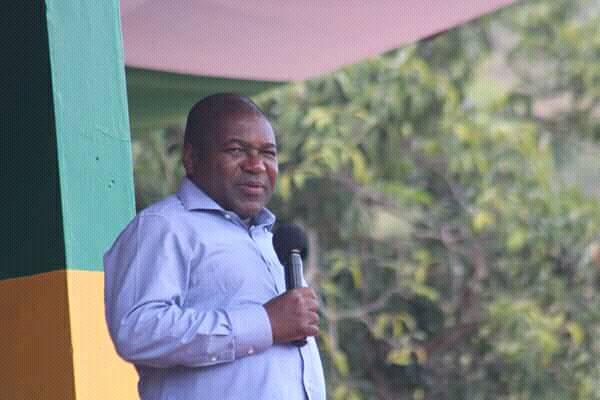
President Filipe Nyusi (in file CoM)
Addressing the national malaria forum yesterday, President Nyusi thanked partners for the support they had given in the fight against malaria in Mozambique.
Mozambique ranks among the 10 countries most affected by malaria in the world. A 2015 survey of malaria and HIV/Aids immunization indicators put the prevalence of malaria in children under five in the country at 45 percent.
Nyusi says that the country’s global output and economic growth are also affected by absenteeism and the decline in productivity caused by malaria.
“Malaria not only negatively affects people, families and communities but also slows development in Mozambique,” said Nyusi.
In his speech, the president said that the incidence of malaria was not uniform across the country, but was highest in the central part of the country, with 68 percent in Zambézia, 32 in Sofala and 30 in Tete. Manica is the least affected province.
In the north, Nampula had 66 percent prevalence, Niassa 33, and Cabo Delgado was the least affected with 26 percent. In the south, prevalence is 16 percent in Gaza, with Maputo province and city the least affected.
“In poorer households, the malaria rate has increased by 60 percent, clearly demonstrating the link between malaria and poverty,” Nyusi said, adding that malaria is a burden on the health system “because public funds are allocated to defray expenses in human resources in health units, as well as acquisition of equipment and other products”.
Mozambique needs from US$85 to US$124 million annually for its malaria programme, and the state does not have that amount.
“We need to be more creative in our response, reinforcing synergies between relevant state institutions, civil society, the private sector and the media,” the president said.



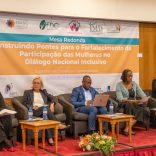


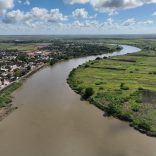
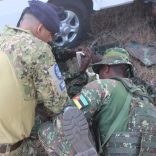



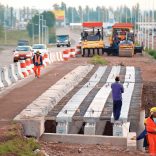
Leave a Reply
Be the First to Comment!
You must be logged in to post a comment.
You must be logged in to post a comment.